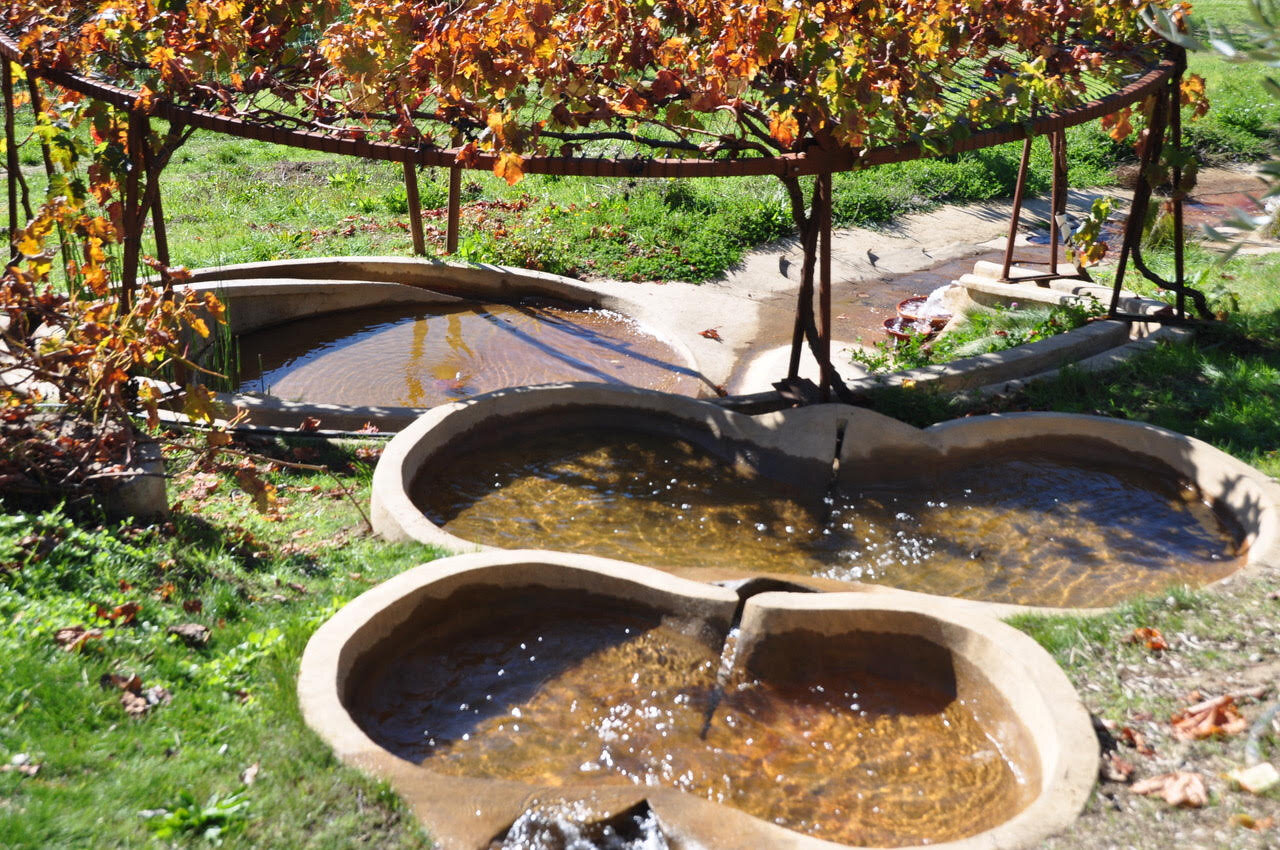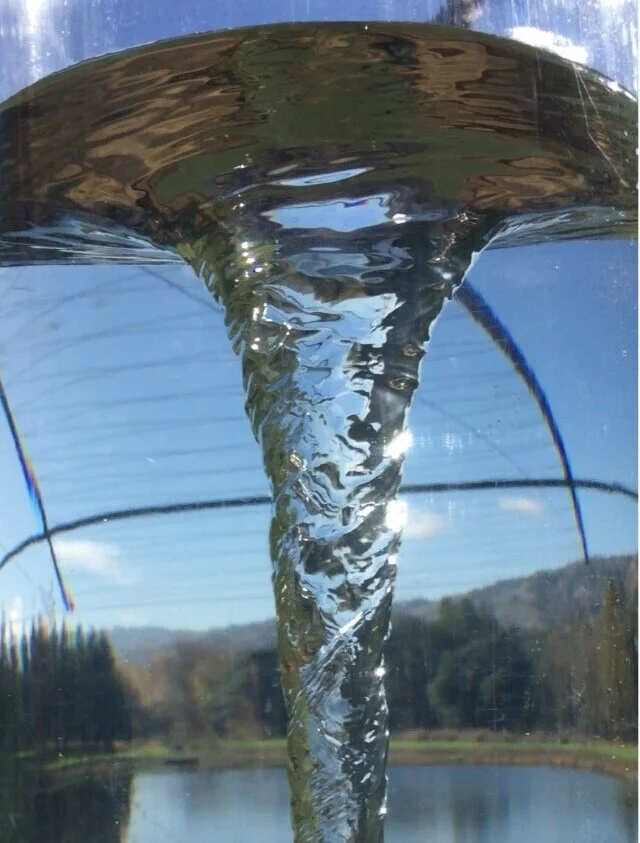Biodynamic Practices
Soil Health
Filigreen’s fertility program is a central feature of its Biodynamic practice. The farm cultivates on-site nutrient sources in a variety of ways with the goal of farming the land as a self-sustaining organism. Learn more about Filigreen’s carbon farming efforts.
Cover Crops
Cover crop experimentation brings a balance of qualities to the soil. Sown in orchard rows and fields, these cover crops grow and flourish throughout the farm’s winter dormancy. In spring the plants are turned under, relinquishing these diverse qualities and augmenting soil fertility.
Azolla
Azolla, an aquatic fern, has replaced the farm’s need for imported manure in compost production. This nitrogen-rich plant has long been used as a biofertilizer in traditional Asian agriculture and Filigreen has assigned two ponds to its production for use in various ways around the farm.
In addition to a high nitrogen content, azolla is known for its pronounced capacity to sequester carbon at a rate of six tons/acre per year. Its proliferation in the Arctic Sea over an 800,000-year period of the Eocene brought a drawdown in atmospheric carbon from 1,000ppm to 280ppm. The cooling effect of this 80% drop in atmospheric carbon is believed to have triggered the beginnings of the plant and animal life we know today.
To learn more about Azolla’s properties, we recommend the following resources:
Compost Production
Compost comprises the heart of Filigreen’s soil health program. A year’s growth of farm and pond gleanings are windrowed into 70-foot heaps, layered with azolla and inoculated with Biodynamic preparations. In-house compost teas also contribute to Filigreen’s fertility. The tea is brewed in one of three large underground amphorae, and then brought to life with rhythmic stirring and aerating.
The farm’s soil health practice remains an area of experimentation and development. Its ultimate purpose is to provide nourishment to the soil, supporting a diverse array of crops while magnifying nature’s capacity to regenerate.
Water Dynamics
Filigreen Farm experiments with water as a living substance, and as a vehicle and carrier of various dynamic forces.
By working with water dynamics, Filigreen endeavors to harness water potency and utilize this force in tandem with its Biodynamic practices.
“Water is an element that sacrifices itself entirely to it’s surrounding. It comes under the influence of gravity and levity and due to these polar opposite agencies, it moves. Life moves within it and it moves within living creatures and those movements are always rhythmical. Rhythm is a gateway; a medium by means of which life can flourish.”
Flowforms
These handmade concrete features at the farm rhythmically circulate water in a figure-of-eight pattern, creating an inward spiraling clockwise vortex and then an anti-clockwise vortex. A naturally flowing river elicits similar activity and form. This biomimicry flow technology was pioneered by the sculptor John Wilkes (1930-2011).
Vortex Spinners
Studies of spring water show it bearing a refined hexagonal structure. Water spun in vortices moves towards this natural shape, becoming more conductive and alkaline. The action of the vortex is therefore central to Filigreen’s treatment of water as a living substance.







